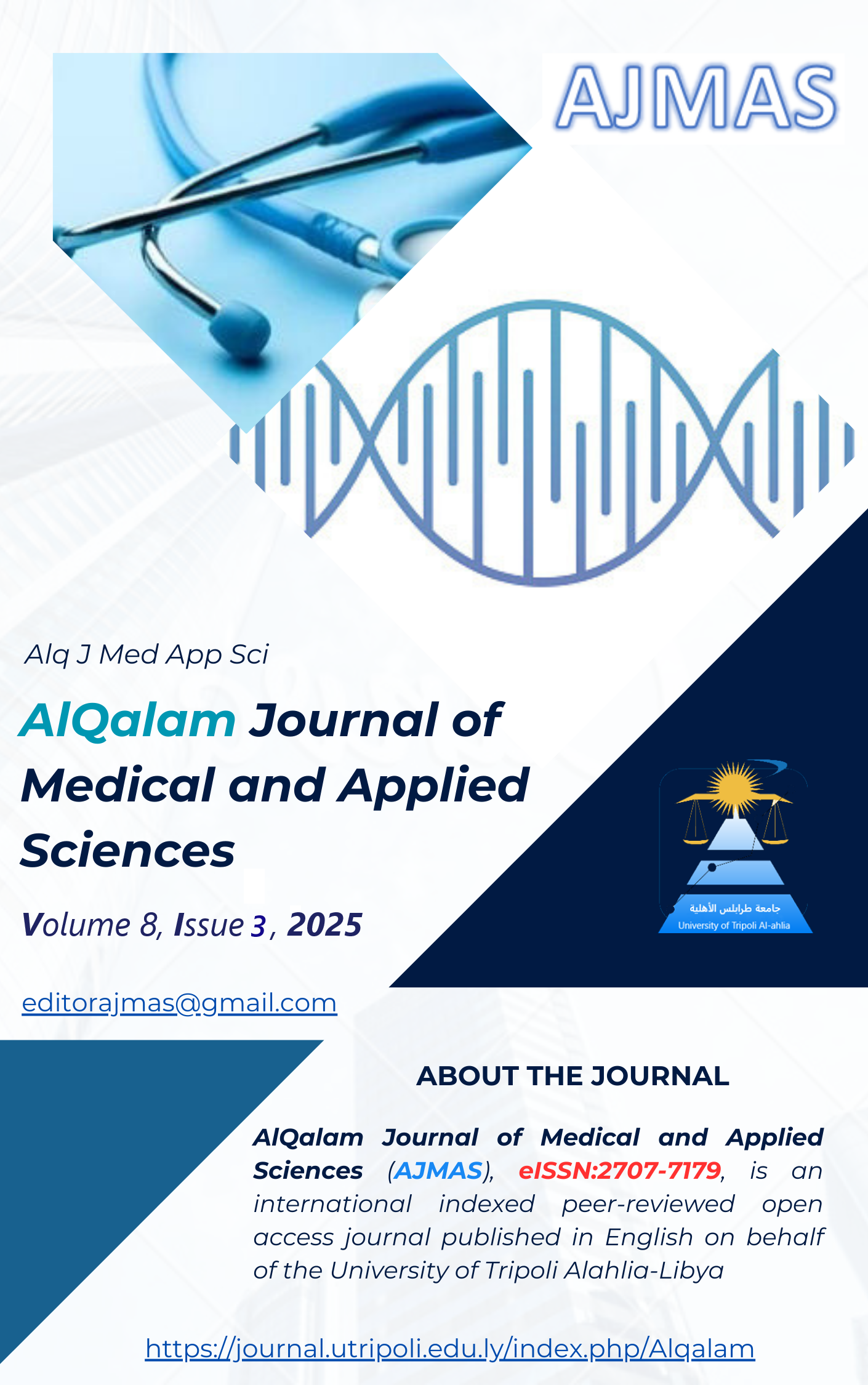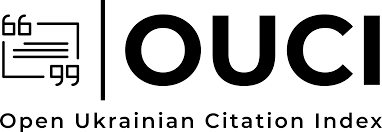Differential Expression of HDAC1, HDAC2, HDAC3, HDAC5, HDAC6, HDAC7, and HDAC8 in Ovarian Cancer Cell Lines Compared to Normal Ovarian Epithelial Cells
DOI:
https://doi.org/10.54361/ajmas.258338Keywords:
HDACs, EOC, ICC, QRT-PCRAbstract
Diagnosing tumors in a specific manner with small molecules, such as histone deacetylases (HDACs), is instantly necessary. HDAC class II plays a crucial role in regulating the expression of genes through their enrollment by transcription factors during tissue growth and development. Further, HDAC class has distinguished properties that make it differ from the first HDAC class; the size of these proteins is larger than class I, Also, in this class, the catalytic domain is located in the carboxy-terminal half of the protein. This study investigated the expression levels of individual human HDAC class II family members in epithelial ovarian cancer cell lines because they play a certain role in cellular mechanisms, including cell proliferation, cell cycle progression, and apoptosis. Through HDACII, special effects on the stress response, oncogenesis, cell motility, and many other cancer-related signaling networks. HDACs organize impact the pathways of ovarian cancer. Experimental Design: In human ovarian surface epithelial cell line and SKOV-3, OAW42, the relative gene expressions were quantified for screening HDAC1, 2, 3, 5, 6, 7, and 8 mRNA using QRT-PCR and immunocytochemistry performed to study the expression of the mentioned HDACs protein. Aim: to investigate the expression patterns of class II histone deacetylases (HDACs) in epithelial ovarian cancer cell lines, with a focus on evaluating their potential roles in tumor biology through mRNA and protein profiling, and to compare these findings with normal ovarian epithelial cells and existing public datasets for validation. Results: HDAC1 was significantly upregulated in SKOV-3 compared to OAW42 (1.7- and 1.8-fold vs. 0.5- and 0.24-fold, normalized to GAPDH and HPRT, respectively; p=0.04). HDAC2 expression was slightly downregulated in both lines, with no significant changes. HDAC3 showed significant upregulation in SKOV-3 (3.79-fold; p=0.02) and lower expression in OAW42. HDAC5 and HDAC6 were markedly upregulated in SKOV-3 (3.97- and 4.9-fold respectively; p=0.02), with moderate expression in OAW42. HDAC7 showed moderate upregulation in SKOV-3 (1.86-fold; p=0.12) and was not significantly altered in OAW42. HDAC8 was expressed at low levels in both cell lines with no significant differences. HDAC5 showed strong cytoplasmic staining in SKOV-3 and moderate to strong expression in HOSEpiC cells, while expression was low in OAW42. In contrast, HDAC6 exhibited stronger staining in OAW42 and HOSEpiC cells compared to moderate expression in SKOV-3. These findings partially align with the Human Protein Atlas data, which reported low expression of both proteins in ovarian cancer tissue. Our findings demonstrate that HDAC1, HDAC3, HDAC5, and HDAC6 are upregulated at the mRNA and/or protein levels in SKOV-3 ovarian cancer cells, with distinct expression patterns compared to OAW42 and HOSEpiC cells. These differential expression profiles suggest a potential role for specific HDACs, particularly HDAC5 and HDAC6, in ovarian cancer biology. However, discrepancies with Human Protein Atlas data highlight the need for further validation in clinical samples.
Downloads
Published
How to Cite
Issue
Section
License
Copyright (c) 2025 Thaera Fruka, Donovan Hiss Alsbani, Okopi Ekpo, Faghri Februrary

This work is licensed under a Creative Commons Attribution 4.0 International License.















